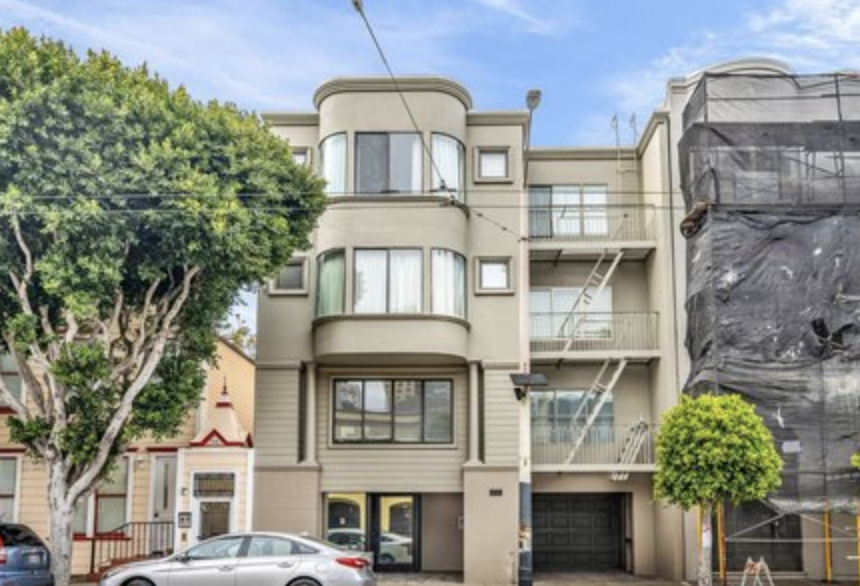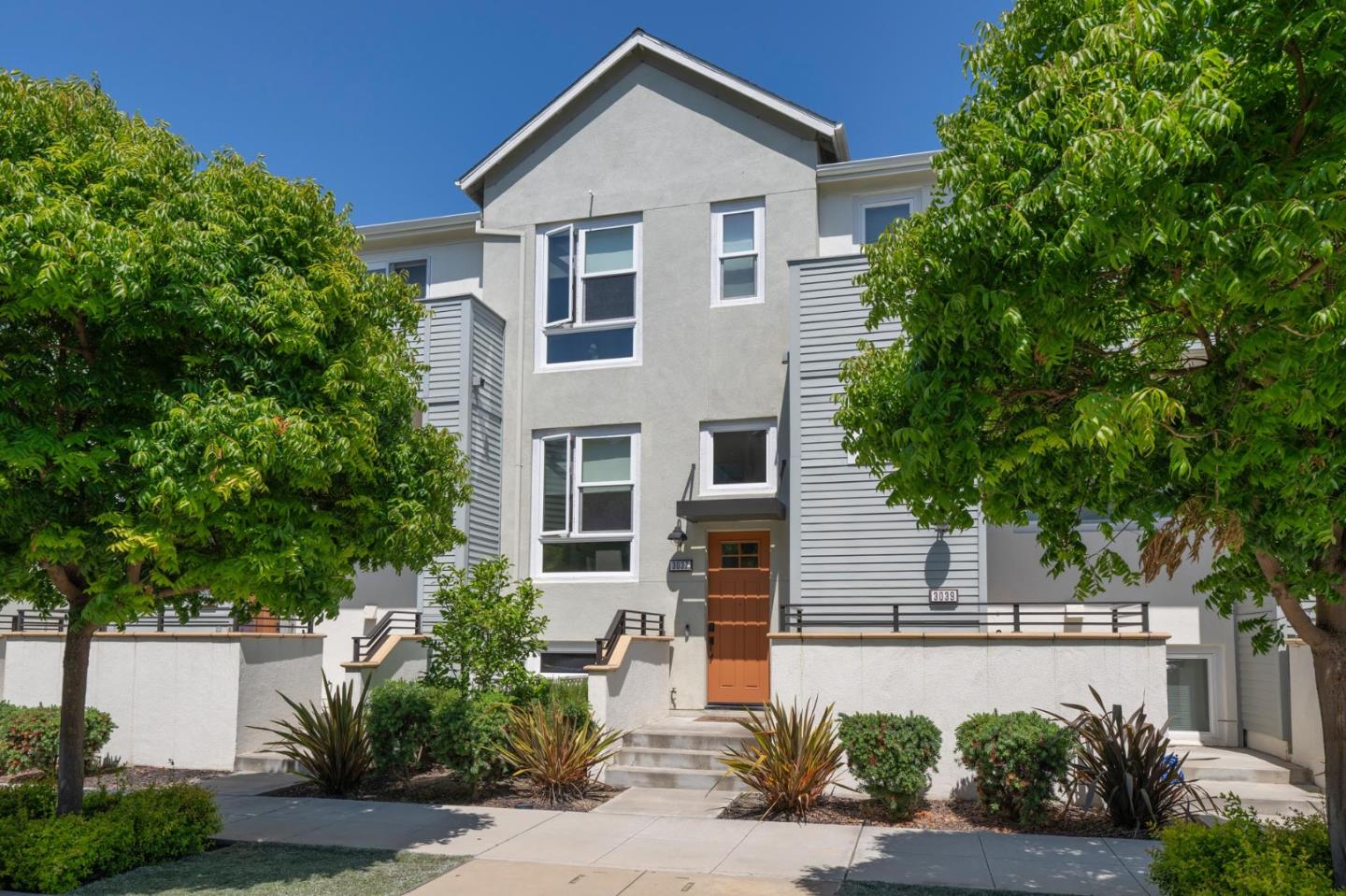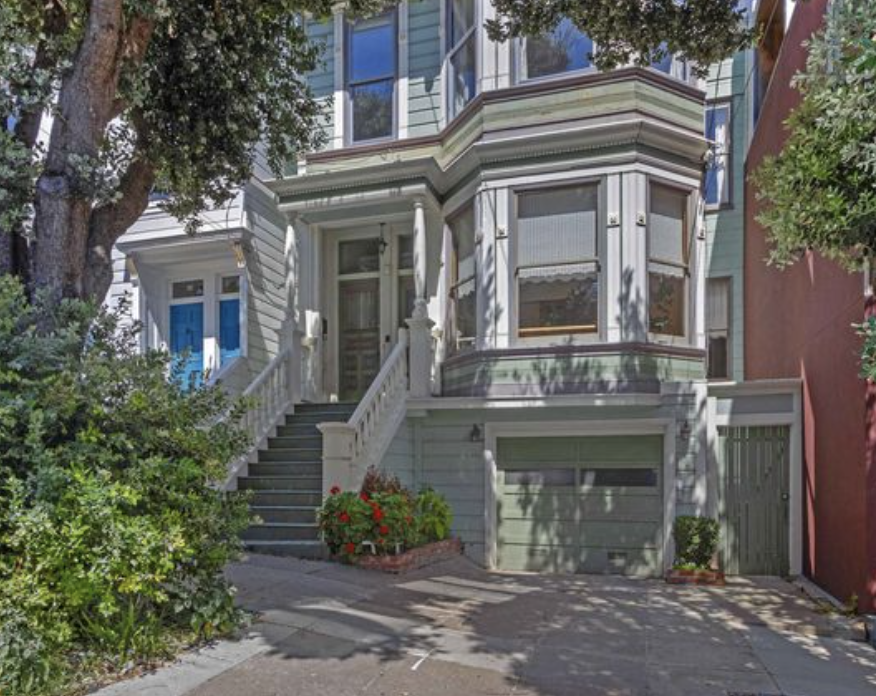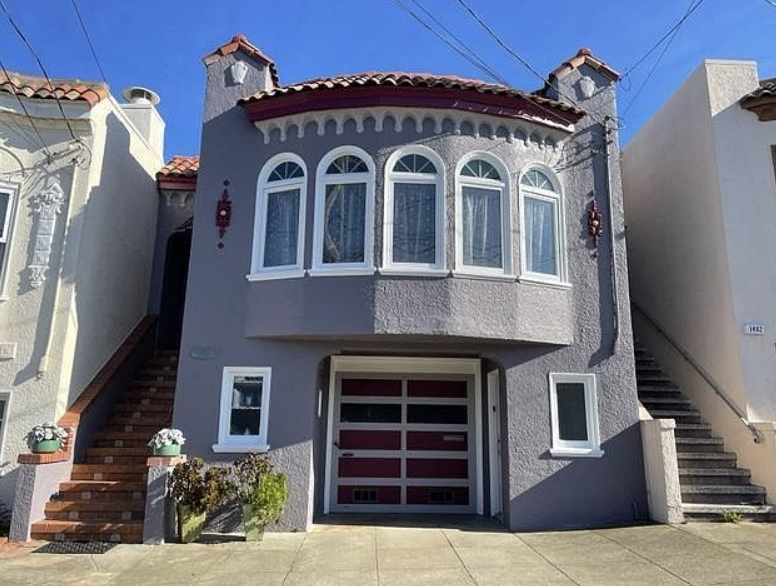
Bay Area rentals yield low 2.1%-4% cap rates with high tenant turnover. Cash out via 1031 exchange for high-yield light industrial properties in CA.
For small investors in the Bay Area holding single-family rental properties, the dream of steady passive income is increasingly elusive. With median home prices soaring—$1.5M in San Francisco, $1.6M in San Mateo, $1.3M in Santa Clara and Alameda, and $810,000 in Contra Costa—cap rates remain stubbornly low, ranging from 2.1% to 4.0%.
Add in California’s tenant-favoring laws, frequent tenant turnover, and the high cost of buyouts to facilitate sales, and many investors are questioning whether residential real estate is still a viable investment class. According to Bankrate’s analysis, while a full housing market crash is unlikely, softening home prices (forecasted 1.8%–4.7% drop in San Francisco by late 2025) and high mortgage rates (6–7%) signal a potential turning point.
If you’re a Bay Area landlord with significant equity ($569,000–$1.12M) tied up in a low-yield property, it may be time to cash out and pivot to commercial properties—specifically light industrial assets—for higher cap rates, longer leases, and easier management.
Here’s why.
The Bay Area Residential Market: A Tough Road for Investors
Owning a single-family rental in the Bay Area is no longer the golden ticket it once was. Let’s break down the challenges:
1. Low Cap Rates Limit Returns
Cap rates for single-family homes in the Bay Area are dismal:
- San Francisco: 2.2%–2.6% (Bankrate notes San Francisco’s cap rates often dip below 2% on average)
- San Mateo: 2.2%–2.7%
- Santa Clara (San Jose): 2.2%–2.8%
- Alameda (Oakland): 2.1%–2.7%
- Contra Costa (Walnut Creek): 3.1%–4.0%
For a $1.5M San Francisco home, you’re netting just $32,400–$39,600 annually after expenses like property taxes ($18,000/year), maintenance, and vacancies. Compare that to alternative investments like stocks (7–10% historical returns) or even 10-year Treasury bonds (3% in 2021), and the opportunity cost of holding a low-yield property is glaring. With Bankrate forecasting flat or declining home prices in 2025 due to high interest rates and increasing inventory, relying on appreciation to justify these low returns is risky.
2. Tenant-Favoring Laws Erode Profitability
California’s progressive tenant protection laws, such as the Tenant Protection Act of 2019 (AB 1482), cap rent increases at 5% plus inflation and require just-cause evictions. These regulations limit your ability to raise rents to match rising expenses (e.g., property taxes at 1.2% of value, or $9,700–$19,200/year) and complicate tenant turnover. If you’re dealing with a tenant who won’t leave, you may face costly legal battles or buyouts—often tens of thousands of dollars—to regain control of your property for a sale.
For example, in San Francisco, buyouts can range from $20,000 to $50,000 per tenant, further eating into your returns.
3. High Management Burden
With tenants turning over every 20 months, managing a Bay Area rental demands 430–860 hours over 10 years (4–7 hours/month), including tenant screening, repairs, and compliance with regulations. This time commitment, coupled with low cash flow, makes residential rentals less appealing for small investors balancing other responsibilities. Hiring a property manager (costing 8–10% of rent, or $500–$600/month) further reduces your already slim net operating income (NOI).
4. Market Risks on the Horizon
Bankrate highlights that while a housing market crash is unlikely, high interest rates and softening demand could lead to price stagnation or declines in 2025, particularly in high-cost areas like San Francisco. If your property’s total return (cap rate plus ~3% annual appreciation) falls below 5–7%, it may not justify the capital tied up—especially with $569,000 to $1.12M in equity locked in a single asset. Selling now, before potential price drops, could preserve your wealth for reinvestment.
The Case for Cashing Out: Why Commercial Properties Are the Better Bet
Instead of holding onto a low-yield, high-maintenance residential property, consider cashing out and reinvesting in commercial properties—particularly light industrial assets—through a 1031 exchange to defer capital gains taxes.
Here’s why this move makes sense:
1. Higher Cap Rates and Cash Flow
Commercial properties, especially in markets like Sacramento, Fresno, or San Diego, offer cap rates of 5–7% or higher, compared to the Bay Area’s 2.1%–4.0% for single-family homes. For example:
- A $1.3M San Jose rental with a 2.8% cap rate generates ~$36,000/year in NOI.
- Exchanging into a $1.3M light industrial property in Fresno with a 6.5% cap rate could yield ~$84,500/year—more than doubling your cash flow.
These higher yields provide a buffer against market volatility and make your investment work harder for you.
2. Longer Leases, Lower Turnover
Unlike residential tenants who turn over every 20 months, commercial tenants—especially in light industrial properties like warehouses or distribution centers—sign leases of 5–10 years. These longer terms reduce vacancy costs and management time. Many commercial leases, such as triple-net (NNN) agreements, shift maintenance responsibilities to tenants, further minimizing your workload. Instead of spending 15–30 hours per turnover on repairs and tenant screening, you’re managing stable, long-term business relationships.
3. Commercial Tenants as Business Partners
Residential tenants are often “occupants,” requiring oversight and frequent intervention. Commercial tenants, however, act as business partners. They have a vested interest in maintaining the property to support their operations, whether it’s a logistics company in a warehouse or a retailer in a strip mall. This partnership dynamic fosters mutual success, reducing conflicts and simplifying management. For light industrial properties, tenants like small manufacturers or e-commerce firms prioritize functionality, ensuring consistent rent payments and property upkeep.
4. Light Industrial: The Easiest to Manage
Among commercial asset classes, light industrial properties stand out as the easiest to manage. These assets—think small warehouses, flex spaces, or distribution centers—require minimal upkeep due to their simple design (e.g., concrete floors, high ceilings). Tenants often handle interior maintenance, and demand is surging due to e-commerce growth. In markets like Sacramento or Fresno, light industrial properties offer cap rates of 6–8% and attract reliable tenants with long-term leases, making them ideal for small investors seeking passive income.
Real-World Example: From Oakland to Fresno
Take Sarah, an Oakland landlord who bought a single-family home in 2015 for $620,000. Now worth $1.3M with $912,000 in equity, it yields a paltry 2.7% cap rate ($34,600/year NOI). Frustrated by tenant buyouts ($30,000 to vacate before a sale) and 4–7 hours/month of management, Sarah opts for a 1031 exchange. She sells her property and reinvests $1.3M into a light industrial warehouse in Fresno with a 7% cap rate ($91,000/year NOI) and a 10-year lease. Sarah defers ~$200,000 in capital gains taxes, triples her cash flow, and cuts her management time to under 2 hours/month, thanks to a reliable tenant handling maintenance.
Why Act Now?
Bankrate’s analysis suggests that while a housing crash is unlikely, the Bay Area’s high prices and low yields make residential rentals a tough sell for small investors. With tenant-favoring laws tightening, buyout costs rising, and potential price declines on the horizon, holding onto a low-cap-rate property could mean missing out on better opportunities. A 1031 exchange lets you cash out, preserve your equity, and pivot to commercial properties with:
- Higher returns: 5–7%+ cap rates vs. 2.1%–4.0% for residential.
- Less hassle: Long-term leases and tenant maintenance reduce your workload.
- Stable partnerships: Business tenants align with your goals, unlike residential occupants.
How to Cash Out and Upgrade
- Assess Your Property: Work with a real estate agent to calculate your cap rate and equity. Is your return below 5–7%? If so, it may be time to sell.
- Engage a 1031 Expert: Partner with a qualified intermediary to navigate the exchange process and defer taxes.
- Target Light Industrial Properties: Look to markets like Sacramento or Fresno for assets with 6–8% cap rates and stable tenants.
- Close the Deal: Identify replacement properties within 45 days and close within 180 days to complete the exchange.
Ready to Make the Switch?
If your Bay Area rental is yielding less than 4%, tying up significant equity, and demanding too much time, it’s time to consider cashing out. By leveraging a 1031 exchange to invest in light industrial properties, you can unlock higher cash flow, simplify management, and build wealth with business partners, not occupants.
As a Bay Area investment property specialist, I can help you evaluate your options and find high-yield opportunities across California.
Contact me for a free Equity Analysis to see if now’s the time to pivot.
.png)



















